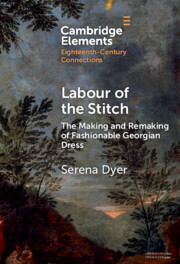The ability to combine technological innovation with innovation in product design has been recognized by business historians as an important characteristic of a successful business. This article examines the use of product design as a source of competitive advantage by leading firms in the Manchester cotton, Macclesfield silk, and Staffordshire pottery sectors in the period 1750–1860. Four design strategies are identified: copying (direct imitation and adaptation), commissioning, capacity building, and collaboration. Distinction is made between proactive firms, which innovated whenever there was an opportunity, and reactive firms, which innovated only when necessary.


